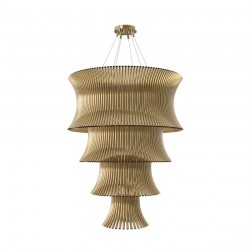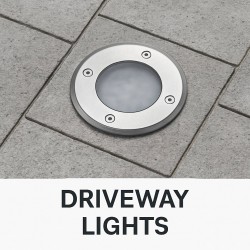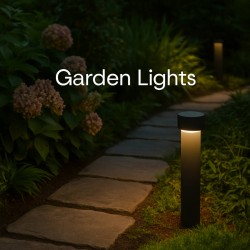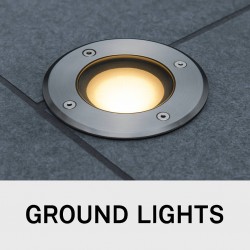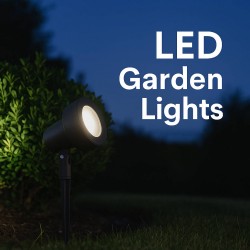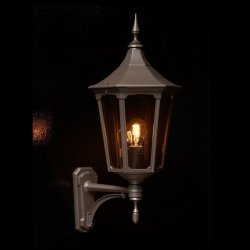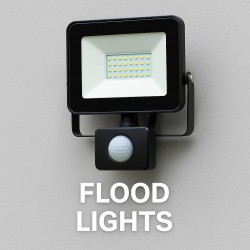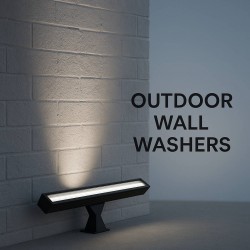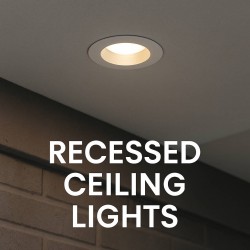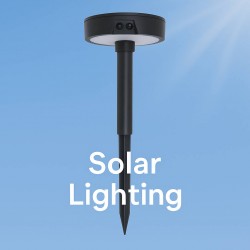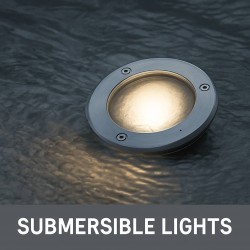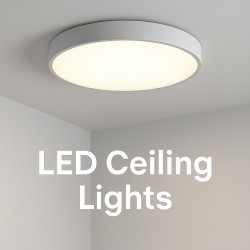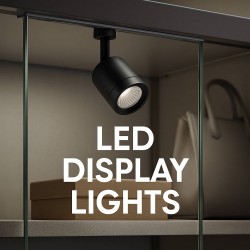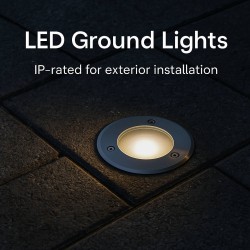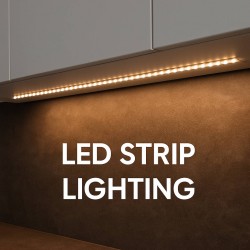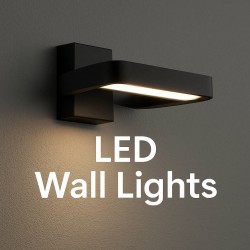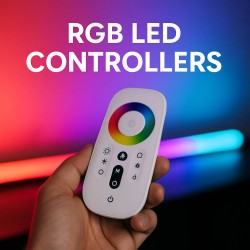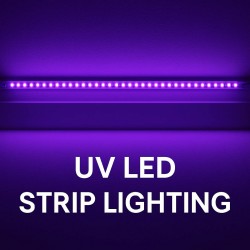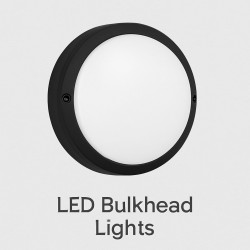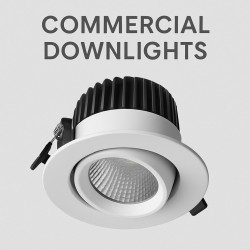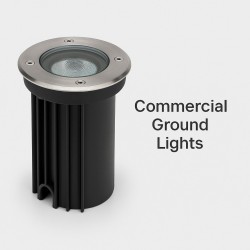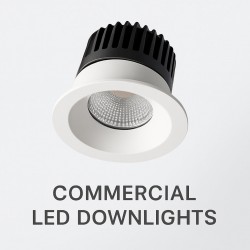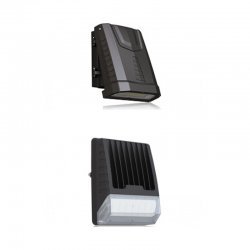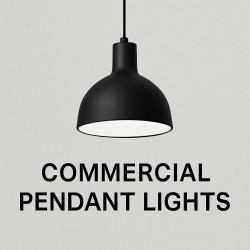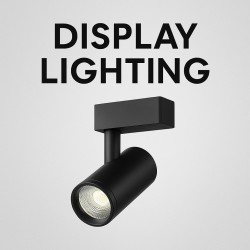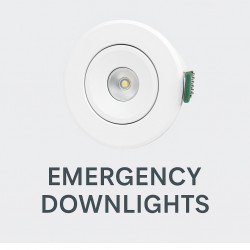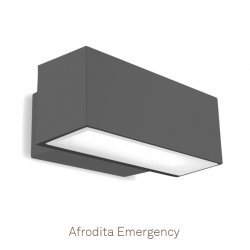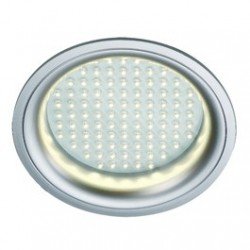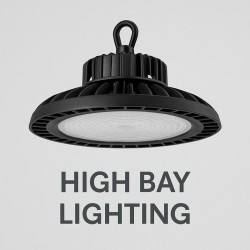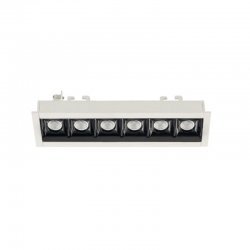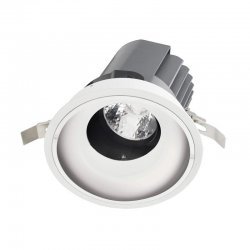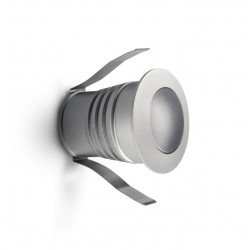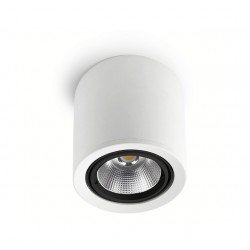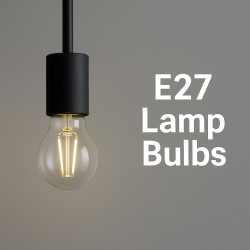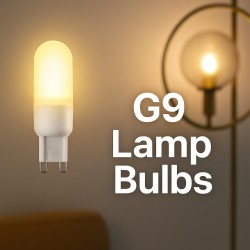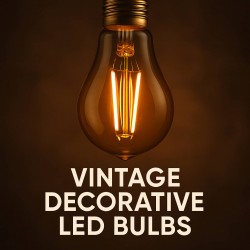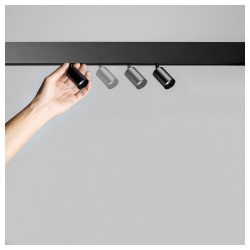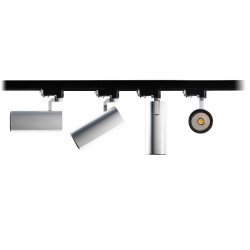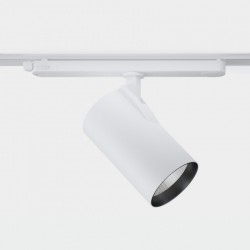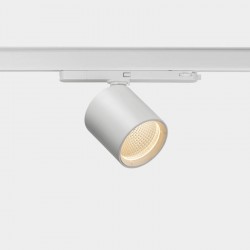DMX Lighting Explained: Bringing Illumination to Life
Lighting plays a vital role in shaping the ambiance of any space, whether it's a concert stage, a theater production, a nightclub, or even a simple room. Among the many technologies used to control and manipulate lighting, DMX (Digital Multiplex) stands out as a powerful and versatile system. In this article, we will delve into the world of DMX lighting, demystify its concepts, and provide real-world examples for both professionals and laypersons.
Understanding DMX Lighting: A Brief Overview
At its core, DMX is a communication protocol that enables the control of lighting fixtures and effects from a centralized source, such as a lighting console or a computer. It offers a standardized way for devices to communicate, making it possible to synchronize and orchestrate intricate lighting displays with precision.
In the context of DMX lighting, individual lighting fixtures are referred to as "fixtures" or "devices," and they are assigned specific addresses within a DMX universe. Each DMX universe consists of 512 channels, and each channel can control a unique aspect of a fixture, such as intensity, color, movement, and more.
Real-World Example: Home Party Setup
Imagine you're hosting a lively house party. You want to create a dynamic atmosphere by synchronizing the lights with the music. This is where DMX lighting comes into play. You set up a DMX controller – a device that resembles a compact console – and connect it to a few DMX-compatible lighting fixtures around your living room.
For simplicity, let's focus on a single fixture: a DMX-controlled LED light strip. You assign the first few DMX channels to control the color of the light strip. As the music changes, you adjust the DMX values using the controller, causing the light strip to smoothly transition from warm reds to cool blues, enhancing the party's energy. You also use additional channels to control the light intensity, creating pulsating effects that match the beat of the music. With DMX, you effortlessly transform your home into a vibrant dance floor.
Professional Application: Concert Lighting Design
In the world of professional entertainment, DMX lighting takes on a grander scale. Let's explore how DMX is used in concert lighting design.
Imagine a massive arena hosting a rock concert. The lighting designer has an arsenal of DMX-controlled fixtures at their disposal: moving lights, spotlights, lasers, and LED panels. Each fixture is connected to a DMX controller, which communicates with the fixtures via DMX cables.
As the lead singer steps forward for a guitar solo, the lighting designer triggers a cue on the DMX console. This cue is a pre-programmed set of DMX values that instantaneously adjusts the lighting to match the emotional intensity of the solo. Moving lights pan and tilt, creating sweeping beams that follow the artist's movements, while spotlights cast a dramatic glow. The LED panels display mesmerizing patterns synchronized with the music.
In this complex scenario, DMX allows the lighting designer to choreograph an immersive visual experience that enhances the concert's impact on the audience.
Key Advantages of DMX Lighting
- Precision and Flexibility: DMX provides unparalleled control over lighting fixtures, enabling precise adjustments to intensity, color, movement, and effects.
- Scalability: Whether it's a small room or a vast arena, DMX can accommodate various scales of lighting setups.
- Centralized Control: DMX allows for centralized control of multiple fixtures from a single console, streamlining the lighting operation.
- Creative Expression: DMX lighting empowers designers to unleash their creativity, turning light into a dynamic artistic medium.
Conclusion
DMX lighting is a sophisticated yet accessible technology that has transformed the way we experience and interact with light. From intimate gatherings to grand performances, DMX empowers both laypersons and professionals to create captivating visual spectacles. Whether you're setting the mood for a cozy evening at home or orchestrating an electrifying concert, DMX lighting brings illumination to life in ways that continue to astonish and inspire.







